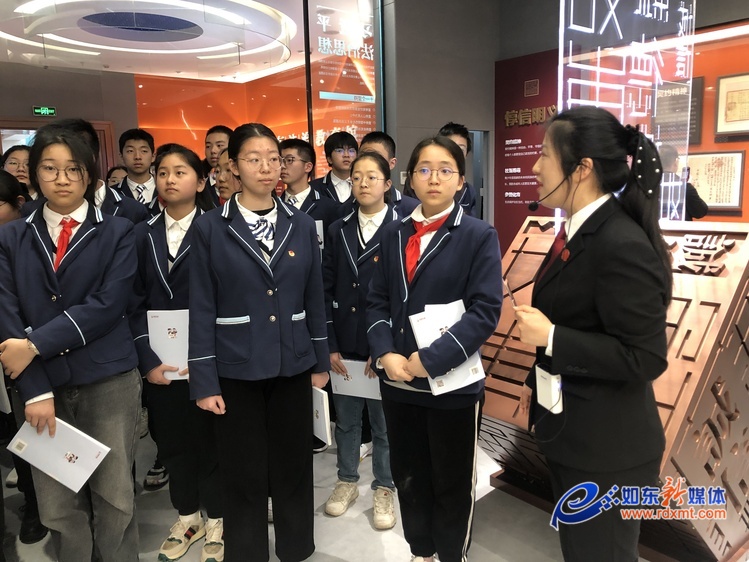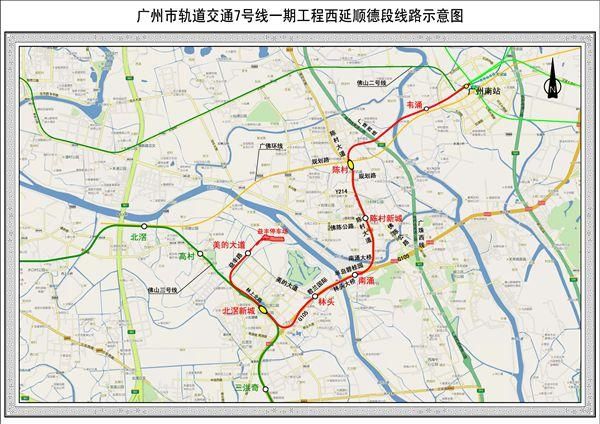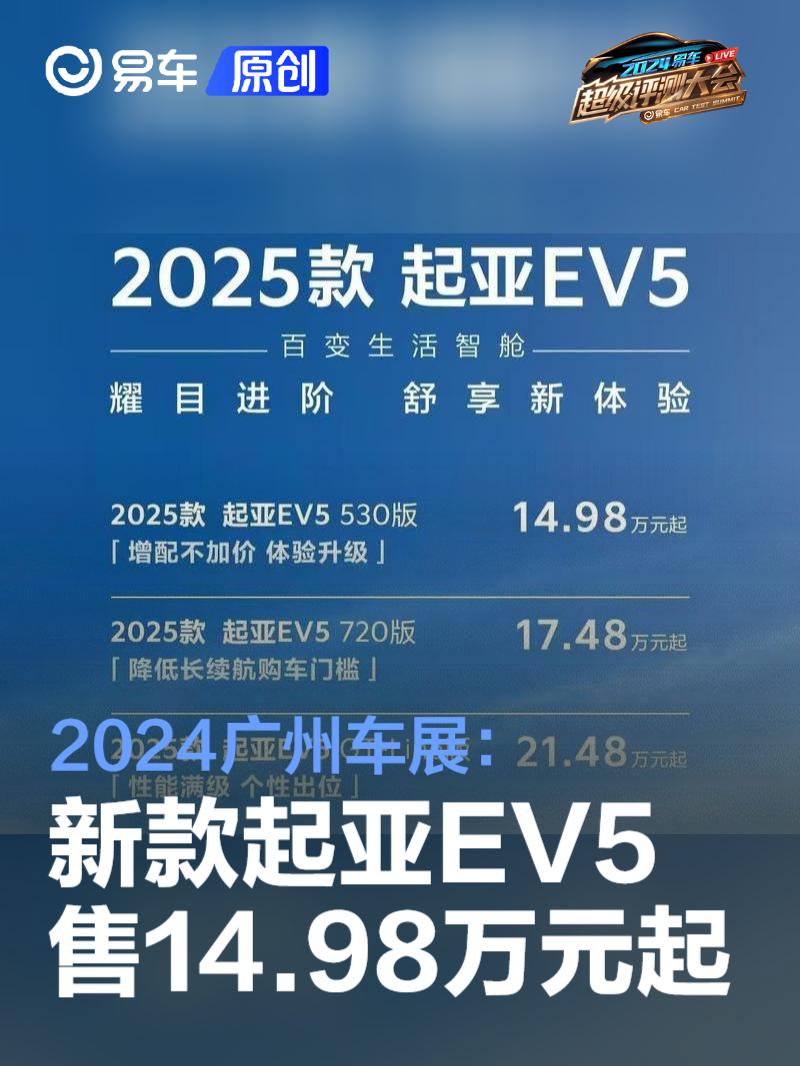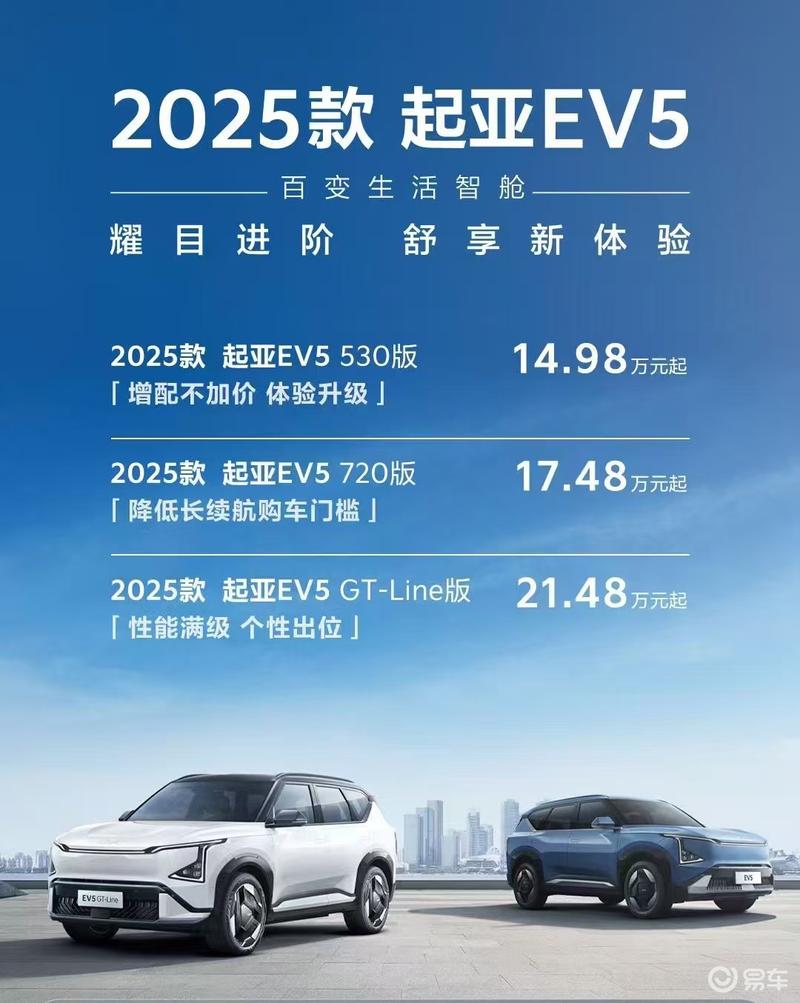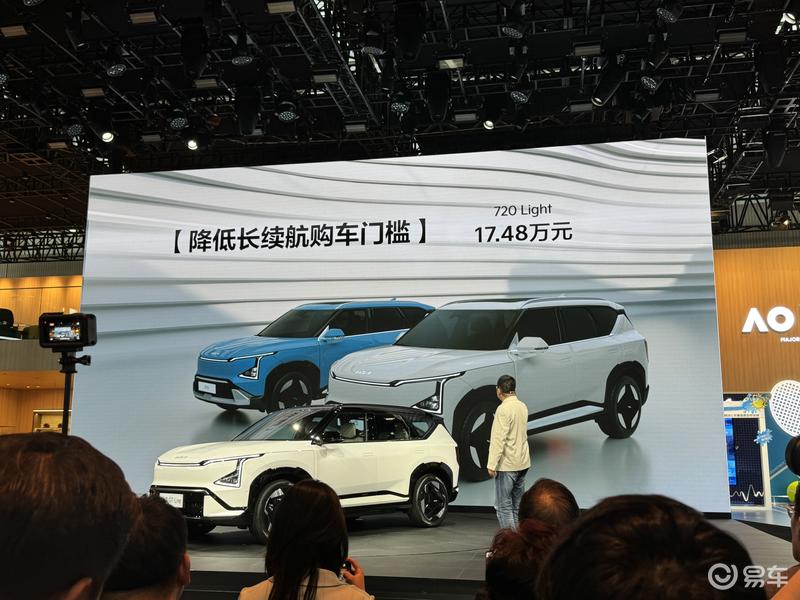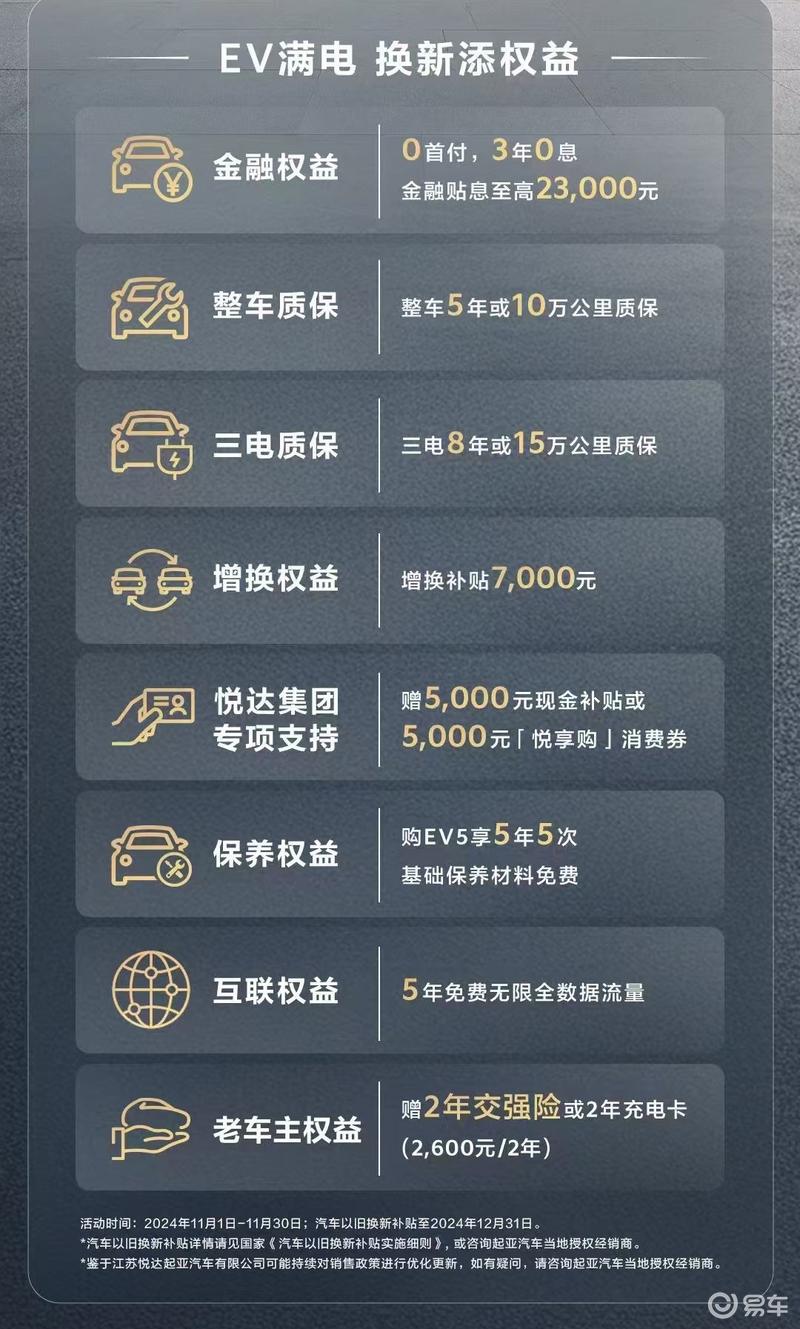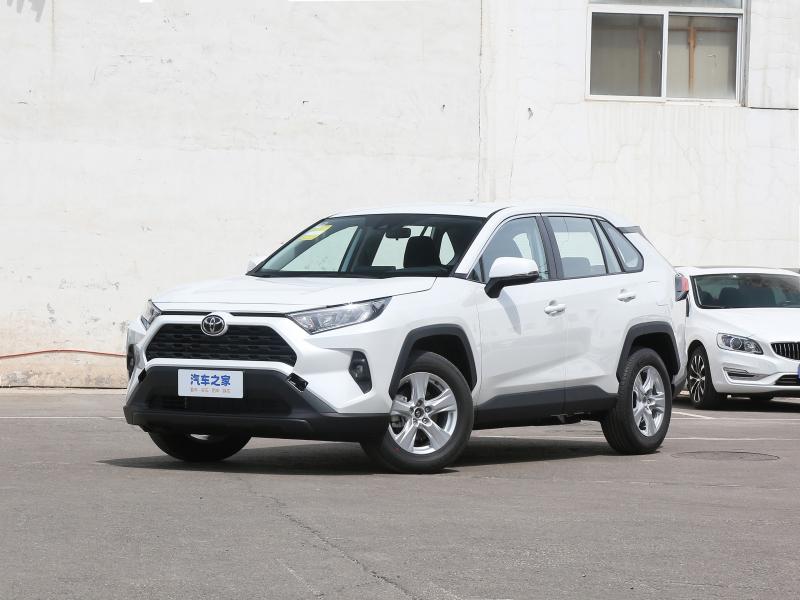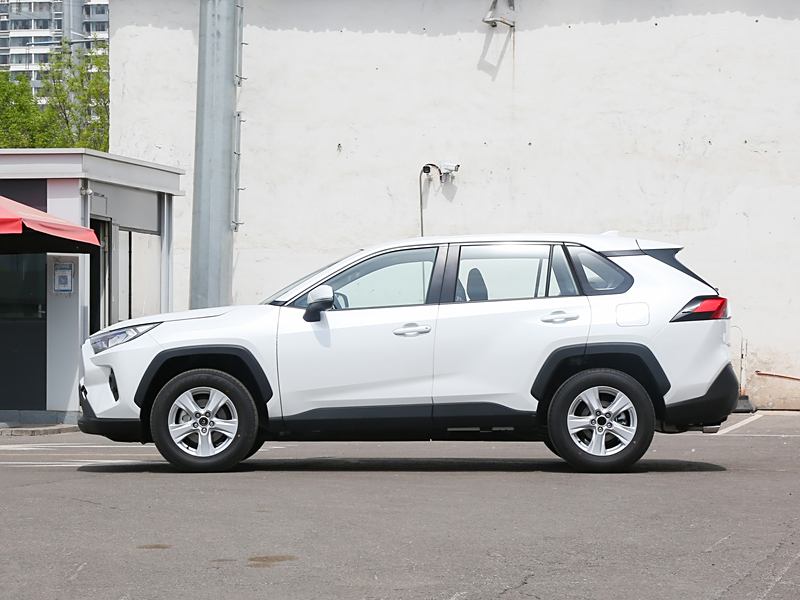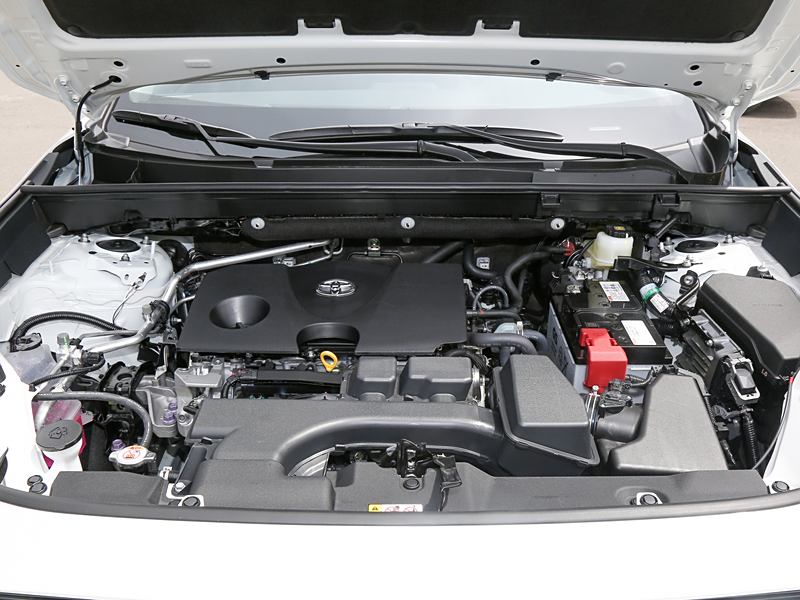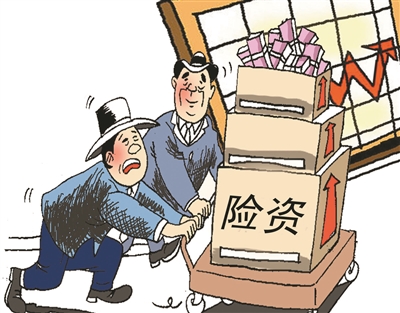
The China Insurance Regulatory Commission issued a draft for comments, and the market immediately focused on "universal insurance concept stocks". Yesterday, A shares opened sharply lower, diving once in the session. After-hours, the China Insurance Regulatory Commission urgently rumored that the rumor that "600 billion universal insurance will gradually withdraw from A shares" is not true.
market
Sudden negative induced decline
Yesterday, the already sluggish A-share market gaped lower, and once broke down before midday, falling below important support points. In recent days, strong stocks have become the main battlefield for selling main funds, and only the weighting sectors such as brokerage stocks and steel stocks are struggling to support the broader market. In the afternoon, the "high delivery" concept stocks rose rapidly, and the stock index fluctuated and rebounded. The Shanghai Composite Index fell by 0.57% to the close, and the highest intraday drop was about 1.5%. Industry sectors generally fell, with diversified finance, precious metals, real estate, aerospace and nonferrous metals among the top losers. Only steel stocks and brokerage stocks turned red against the market, and nearly 1,900 stocks in the two cities fell. The market sentiment is still low, and the transaction volume remains at a low level. The total turnover of the two cities is only over 500 billion yuan.
According to after-hours analysis, the three major negatives have accelerated the adjustment of A shares: First, it is reported that the China Insurance Regulatory Commission issued a regulatory opinion that 600 billion universal insurance will be withdrawn from A shares one after another; Second, a large amount of funds broke away from credit and flowed into the real estate market, and banks braked urgently; Third, the interim measures for online loan management were released, which strengthened P2P supervision.
press sb for an interview
China Insurance Regulatory Commission intends to tighten "high current price products"
It is understood that the CIRC convened 15 companies to hold a meeting on the morning of August 23, and solicited the opinions of 15 other foreign life insurance companies in the afternoon, intending to impose stricter restrictions on the development of short-term and medium-term products by insurance companies. The CIRC issued two drafts for comments to relevant institutions, namely the Notice on Strengthening the Actuarial Management of Life Insurance Products (Draft for Comment) and the Notice on Further Strengthening the Supervision of Life Insurance Products (Draft for Comment).
In the research reports of CICC and Haitong Securities, the "Draft for Comment" was interpreted as "it is intended to further tighten high-priced products and limit the guaranteed interest rate of insurance products that remain high in the market for the first time".
It is generally believed in the industry that this edition of "Draft for Comment" is a further negative for the incremental premium of aggressive life insurance companies. Compared with the regulations in March this year, it has made stricter regulations on new products and denied all products with three-year memory renewal, which greatly restricted the increment. Once implemented, life insurance companies must sell products that are surrendered after three years, and the growth rate of universal insurance premiums may drop sharply. The research report of CICC pointed out more directly that it is estimated that about 500 billion to 600 billion stock funds in A-shares will come from universal insurance with high current price. If the new regulations are implemented, the stock funds from universal insurance will be gradually replaced or taken out within five years. Due to the further tightening of new products, the incremental funds from this kind of insurance companies may be affected.
reveal a secret
Universal insurance lurks in four major industries
Undoubtedly, insurance capital is one of the most important institutional investors in the A-share market, and the proportion of stocks and funds in the allocation of insurance funds has remained stable at around 14%.
By mid-2016, the total assets of the insurance industry were 14.3 trillion yuan, and the direct and indirect stock market investments totaled about 1.7 trillion yuan, accounting for 3.6% of the total market value of A shares and 8.8% of the market value of free circulation, among which the energy of universal insurance should not be underestimated. According to the data of Straight Flush, among nearly 3,000 A-share listed companies, universal insurance products appear in the top ten tradable shareholders list of more than 130 listed companies, with a total market value of 113.1 billion yuan. The deadline for statistics of these data is the end of the first quarter (the interim report has not yet been published) or the end of the second quarter (the interim report has been published).
According to the statistics of Securities Broker China, as of August 24th, there were 298 stocks in the two cities, with a total holding amount of 24.699 billion shares and a stock market value of 337.552 billion yuan. Among them, a total of 64 stocks involved universal insurance funds, and the number of shares held by universal insurance accounts totaled 4.177 billion shares, with a stock market value of 65.545 billion yuan. The largest positions of universal insurance funds are non-bank finance, real estate, banking and communication, with market capitalization of 22.623 billion yuan, 18.034 billion yuan, 15.216 billion yuan and 1.08 billion yuan respectively. Excluding these four industries, the scale of universal insurance funds holding shares in other industries is not high.
The most favored stock of universal insurance is Ping An Bank, with a stock market value of 22.623 billion yuan, followed by Shanghai Pudong Development Bank, gemdale, Financial Street and Hagrid Communications, with stock market values of 15.216 billion yuan, 12.195 billion yuan, 4.612 billion yuan and 752 million yuan respectively. The funds held are from Huaxia Life Insurance, Fude Life Insurance, Harmony Health Insurance and Junkang Life Insurance.
It is worth mentioning that, although the data failed to be reflected in the semi-annual report, the main investment funds of Evergrande Life Insurance, the new upstart of A shares, also came from universal insurance products. According to the data of the China Insurance Regulatory Commission, Evergrande Life achieved a total scale premium income of 26.149 billion yuan in the first seven months of this year, of which "original insurance premium income" mainly composed of traditional insurance was 3.147 billion yuan, while "new payment of policyholders’ investment funds" mainly composed of universal insurance premiums reached 23.002 billion yuan, which means that 87.97% of Evergrande Life’s premium income came from partial investment insurance products such as universal insurance.
view
China Insurance Regulatory Commission urgently dispels rumors of universal insurance.
If the new regulations of the China Insurance Regulatory Commission are implemented, what impact will it have on universal insurance?
Yesterday, some insiders pointed out that the China Insurance Regulatory Commission had previously issued an urgent notice within the industry, requiring all life insurance companies to submit the universal insurance business data from January to June 2016, mainly reporting the scale premium income and product situation under the expected duration, and finding out the specific status of asset-liability matching and interest spread. After carefully reading the two drafts for comments, it is not difficult to find that in order to prevent the spread risk and reduce the pressure on the investment side, the CIRC has also started to strengthen supervision at the source of product design. For listed insurance companies that focus on long-term business and insist on long-term protection, the impact of the new regulations is limited.
After yesterday’s close, the person in charge of the relevant departments of the China Insurance Regulatory Commission said that the rumor that "600 billion universal insurance will gradually withdraw from A shares" is not true. The person in charge pointed out that the relevant departments of the China Insurance Regulatory Commission recently organized a symposium to solicit opinions from some insurance companies on how to further improve the supervision system of life insurance products. The relevant documents are still in the process of soliciting opinions, and it is hoped that the public will take the documents officially released by the regulatory authorities as the standard.
The person in charge stressed that in order to meet the increasing insurance demand of consumers, the China Insurance Regulatory Commission will further strengthen the protection function of life insurance products, guide the industry to develop risk protection and long-term pension savings products, gather long-term insurance funds, and implement the development concept of insurance surname "Bao". Insurance funds are an important force to support the development of the capital market, promote the transformation of the real economy, and promote the adjustment of industrial structure. They will further give play to their long-term investment advantages and provide long-term stable funds for the development of the real economy and the capital market. Text/reporter Qi Yanbing
News memory
What is "universal insurance"
"Universal insurance" refers to life insurance that can pay insurance premiums at will and adjust the payment amount of death insurance benefits at will. After insurance, the insured amount, premium and payment period can be adjusted according to the security needs and financial situation at different stages of life, so as to determine the best ratio of security and investment, so as to make the limited funds play the greatest role. Universal insurance is an investment-oriented life insurance with both risks and guarantees, between dividend insurance and investment-linked insurance.
The English name of "Universal Life Insurance" is universal life insurance, which literally translates into universal life insurance. It is a life insurance product with flexibility in premium payment and adjustability in death payment. Within a certain range, the premium, guarantee amount and fund withdrawal time can be adjusted by itself.
According to public information, in the developed countries such as Britain and the United States, universal insurance appeared in order to improve the flexibility and investment attributes of insurance policies in the environment of greatly increasing interest rates in the 1970s. Life insurance with adjustable payment was first introduced in 1971, but it evolved into universal insurance with adjustable premium and insured amount in 1979, and the interest rate is linked to the market level. Due to the characteristics of flexible payment and adjustable security, universal insurance has been favored by the market once it is launched. According to the statistics of American Life Insurance Association, the proportion of universal insurance in the American market was 38% in 1985, and it has remained at around 25% since then. Text/reporter Yan Lishuang

